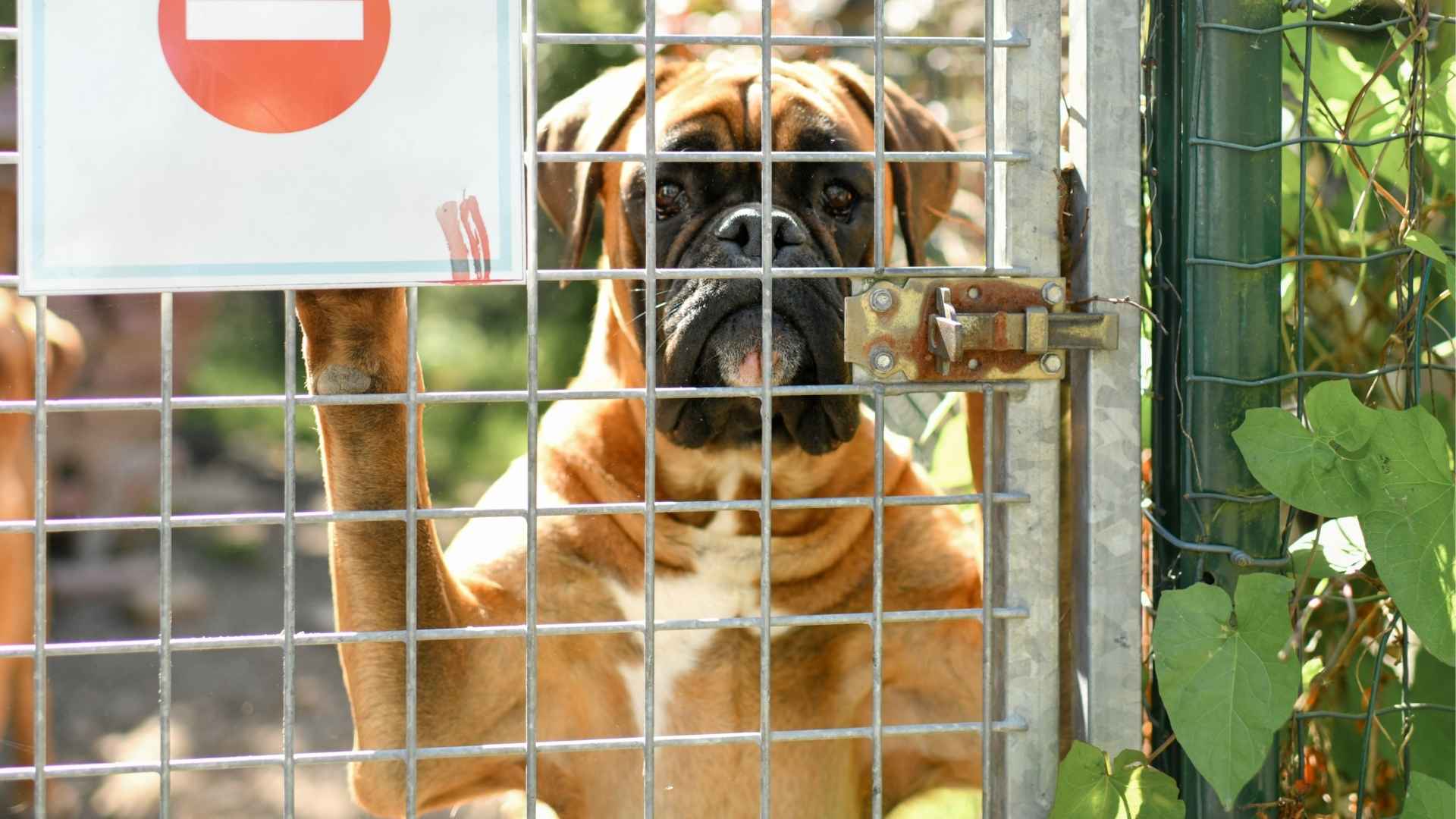When you walk into a local shelter, you’ll often find a mix of dogs just waiting for the chance to find a forever home. While many of these dogs are lovable mutts, you’ll also see purebred dogs who end up in shelters for a variety of reasons, sometimes because of impulsive purchases or owners who didn’t fully understand their needs.
In fact, some of the most common dog breeds found in shelters are highly intelligent, energetic, and loyal companions, just waiting for the right person to adopt them.
These breeds are often misunderstood or abandoned, despite being fantastic pets. Whether they’re energetic dogs that need more exercise or very sweet dogs who just want a loving family, these dogs all deserve a second chance.
Let’s take a closer look at the most common dog breeds found in shelters and why they deserve your love and attention.
Most Common Dog Breeds Found In Shelters
1. American Pit Bull Terrier
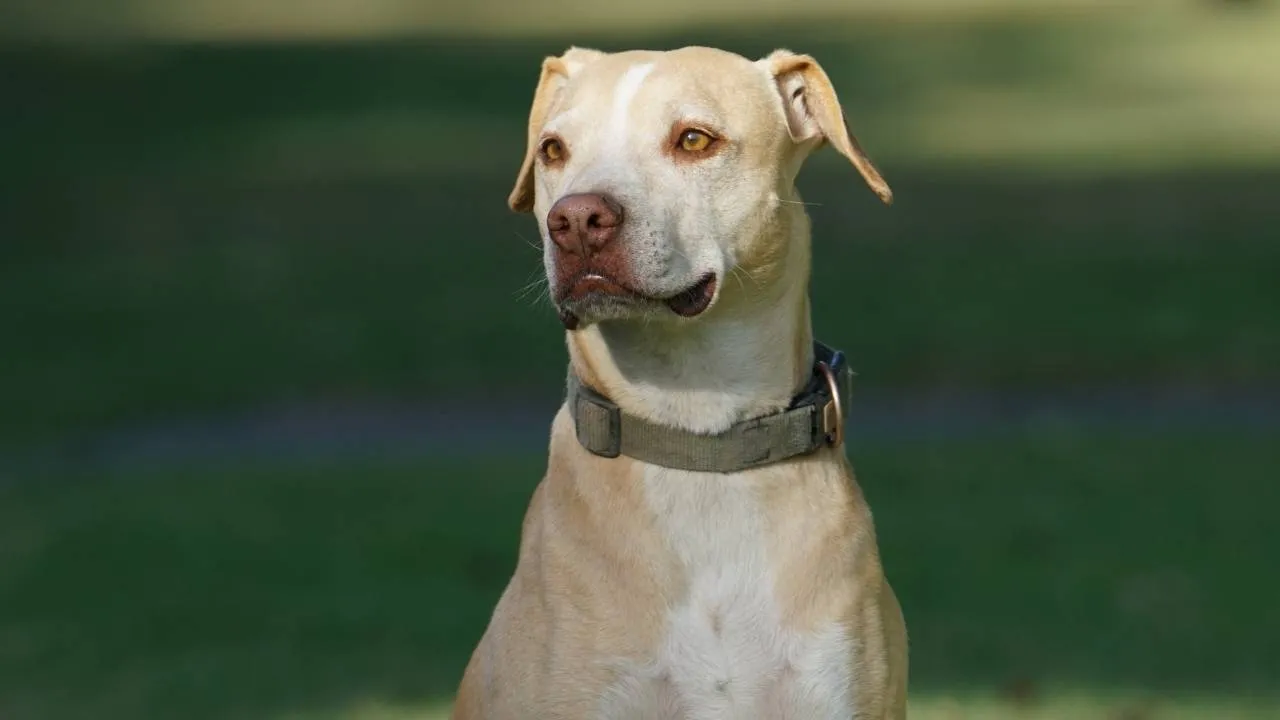
Quick Facts:
Breed Group: None
Height: 17-21 inches
Weight: 30-70 pounds
Life Expectancy: 9-13 years
The American Pit Bull Terrier is one of the most commonly found dog breeds in shelters, yet it also happens to be one of the most misunderstood. Originally bred in England for bull-baiting, these dogs were later brought to the US, where they became unfortunately associated with dog fighting. Because of their past, Pit Bulls often face a negative stigma that paints them as dangerous or aggressive.
So, what makes the American Pit Bull Terrier different from other breeds? For starters, they are highly energetic dogs that require regular exercise and mental stimulation. They’re known for their high intelligence and eagerness to please, which makes them responsive to training.
With proper socialization and care, Pit Bulls are not only great family pets but also incredibly affectionate companions.
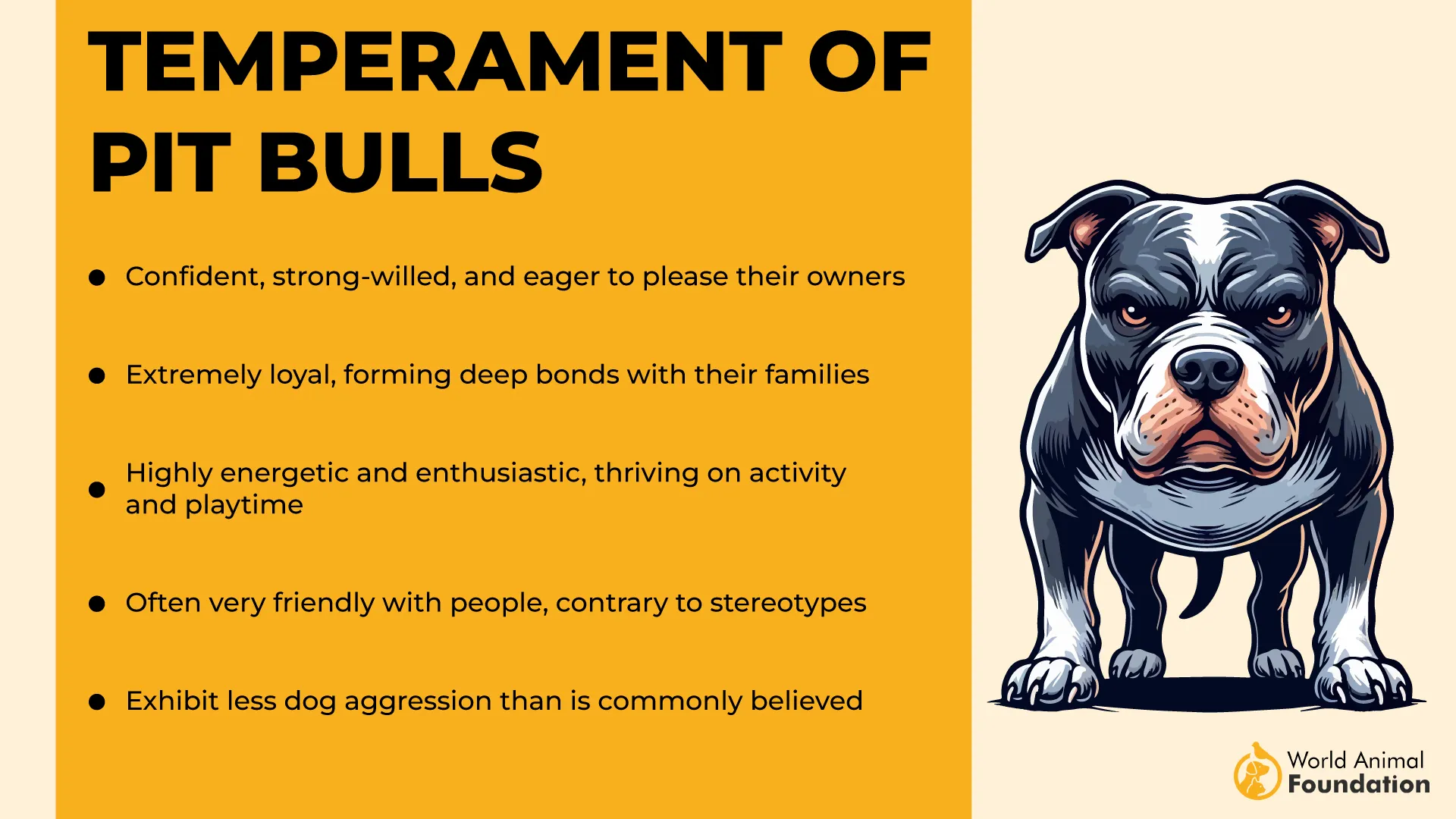
Pit Bulls are commonly found in shelters and rescue organizations, which is a direct result of breed-specific legislation and misconceptions about their temperament. Sadly, many are abandoned by their owners or taken in by shelters simply because of their breed.
But with the right person, a Pit Bull can be the perfect addition to the family. They may look tough on the outside, but inside, they’re all heart.
2. Labrador Retriever
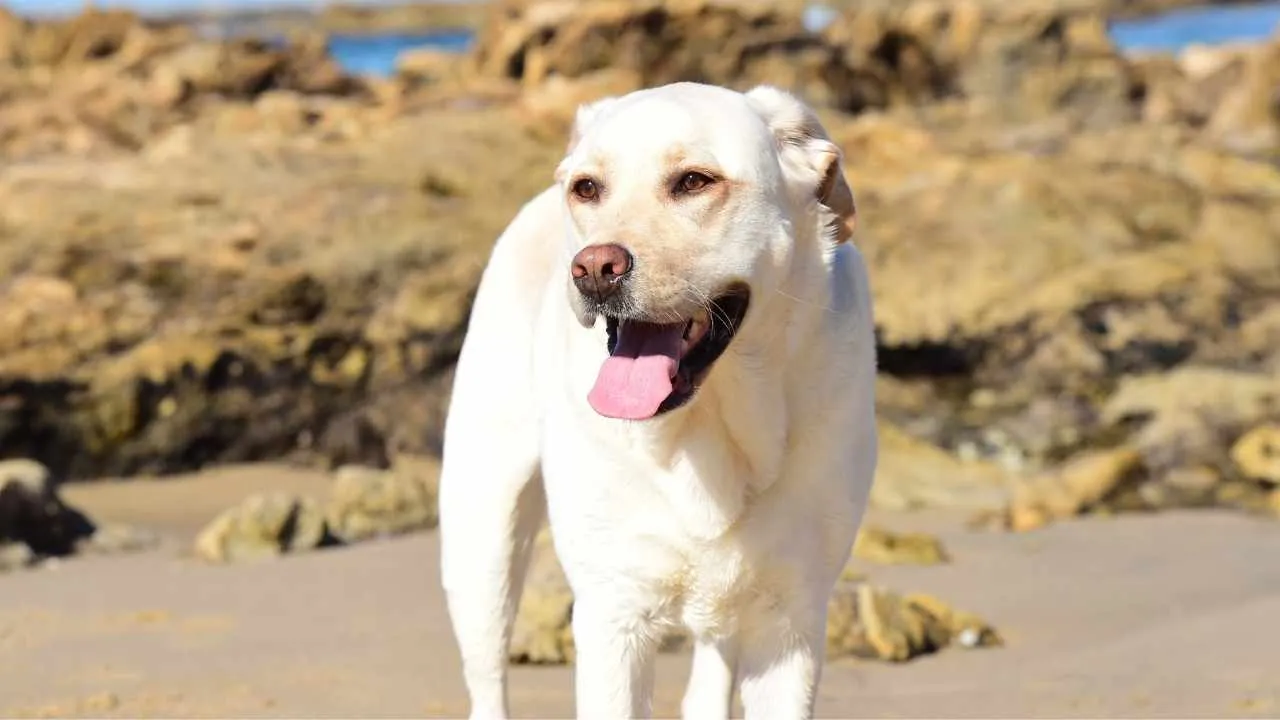
Quick Facts:
Breed Group: Sporting
Height: 22.5-24.5 inches (male); 21.5-23.5 inches (female)
Weight: 65-80 pounds (male); 55-70 pounds (female)
Life Expectancy: 11-13 years
The Labrador Retriever is ranked at number two for being one of the most popular dog breeds in America. Known for their friendly, outgoing, and affectionate nature, Labs make great family pets and bond deeply with their owners.
Their thick coats come in yellow, black, or chocolate, and their wagging “otter tail” and kind eyes make them hard to resist. While they’re social and get along with people and other dogs, Labs are also high-energy and need regular exercise, like swimming or fetch, to stay happy.
However, their popularity often leads to overbreeding by irresponsible breeders, resulting in many Labradors ending up in shelters. With nearly 18,000 Labradors listed on adoption websites, it’s clear that these dogs are frequently abandoned or surrendered due to improper breeding or lifestyle changes.
Many are victims of puppy mills, but there are also responsible breeders who ensure the health and well-being of the dogs they raise. But here’s the good part: Despite these challenges, Labradors make incredibly loyal family pets and loving companions.
3. Chihuahua
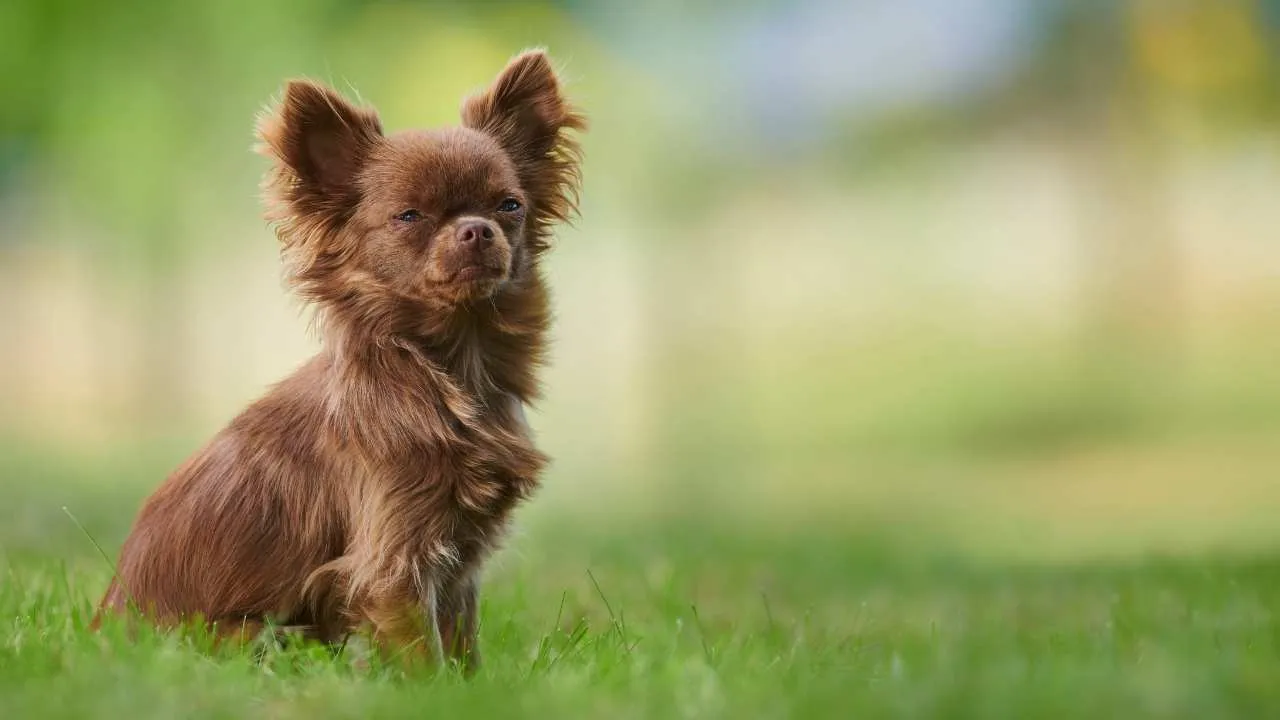
Quick Facts:
Breed Group: Toy
Height: 5-8 inches
Weight: not exceeding 6 pounds
Life Expectancy: 14-16 years
The Chihuahua, the smallest dog breed, is a lively and alert companion. Britannica mentions that this pup is named after the Mexican state of Chihuahua, where it was first noted in the mid-19th century. Thought to have descended from the Techichi, a small dog kept by the ancient Toltec people, Chihuahuas are sturdier than their size suggests.
Chihuahuas come in two coat types—smooth and glossy or long and soft—and they are a great choice for apartment living due to their small size. Despite their size, they are spirited, confident dogs with a big personality. They can be a bit nervous, sometimes barking or snapping at strangers, but with proper training and socialization, they make loving and loyal pets.
Chihuahuas and Chihuahua mixes are frequently found in shelters and rescues. Many are raised without proper training, leading to behavior issues like excessive barking or being difficult to manage as adults.
Unfortunately, these dogs often end up homeless when owners realize they’re not prepared for the challenges of raising a small, energetic dog. The good part? With the right training and socialization, Chihuahuas can make wonderful and devoted family pets.
4. Boxer

Quick Facts:
Breed Group: Working
Height: 23-25 inches (male); 21.5-23.5 inches (female)
Weight: 65-80 pounds (male); Females are about 15 pounds less than males
Life Expectancy: 10-12 years
Boxers are the whole package: loyalty, affection, intelligence, and a great work ethic. These athletic, playful pups are also popular dog breeds found in America. Known for their muscular build and alert expressions, Boxers are confident and courageous, with a fun, silly side that makes them a joy to be around.
Their expressive dark eyes and wrinkled foreheads give them an alert, curious look. Boxers come in fawn or brindle coats, often with white markings, and move with the grace and power of an athlete.
But here’s the catch: Boxers are high-energy dogs that need a lot of exercise and attention. They can be excitable and may require more than some owners are prepared to give. Without proper training, they can become difficult to manage, leading to many Boxers finding their way into shelters.
They thrive when given plenty of interactive play and regular exercise, making them amazing dogs for active families or anyone looking for a furry workout partner.
5. German Shepherd
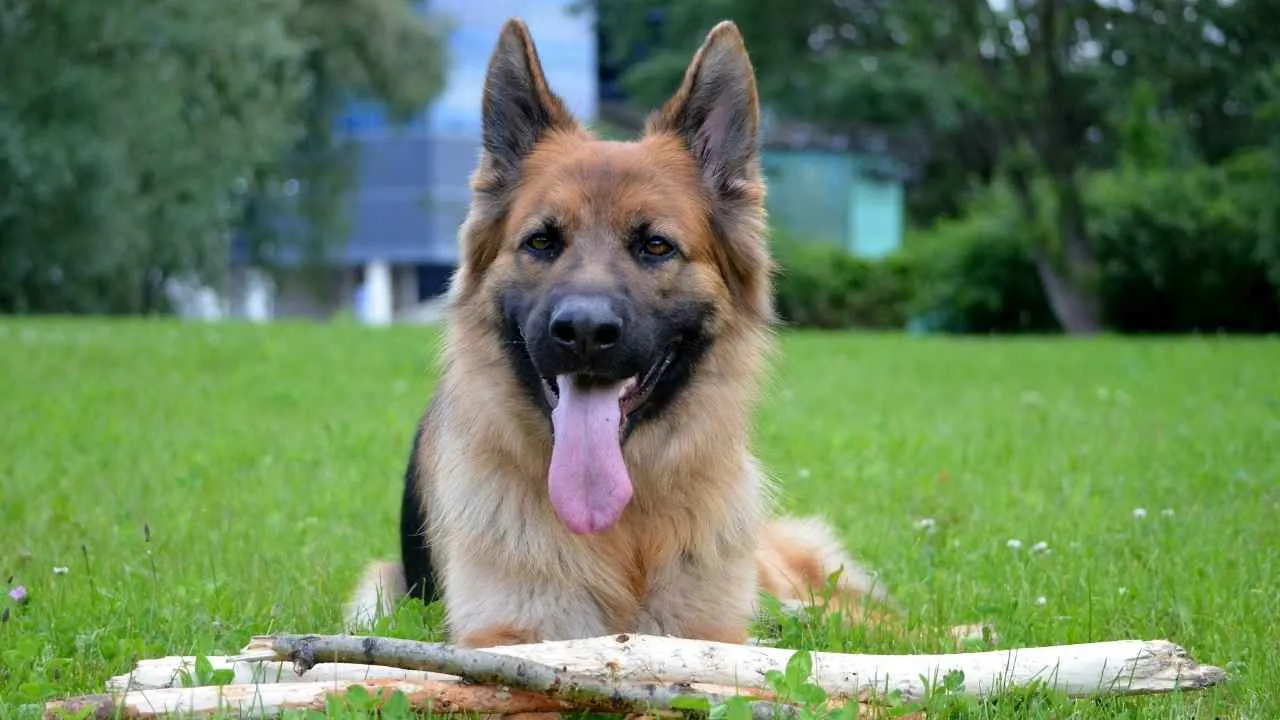
Quick Facts:
Breed Group: Herding
Height: 24-26 inches (male); 22-24 inches (female)
Weight: 65-90 pounds (male); 50-70 pounds (female)
Life Expectancy: 12-14 years
AKC says that the German Shepherd Dog is widely regarded as one of the finest all-purpose working dogs. Known for their intelligence, loyalty, and courage, these powerful dogs are versatile and eager to take on any task.
German Shepherds are often seen as ideal rescue dogs or guard dogs due to their unwavering loyalty and ability to learn commands quickly. They are natural herding dogs, which means they thrive on structure and tasks, making them excellent family pets as well as devoted protectors.
Though they are gentle and loving with their families, they do tend to be a bit aloof, which makes them more selective in their friendships.
However, their popularity has led to overbreeding, and many German Shepherds find themselves in shelters or as stray dogs in need of a home. These shelter dogs often come from poor backgrounds and may lack the proper training or socialization. But for the right family, a German Shepherd can make a great family dog—loyal, intelligent, and protective.
6. Beagle

Quick Facts:
Breed Group: Hound
Height: 13 inches & under 13-15 inches
Weight: under 20 pounds (13 inches & under); 20-30 pounds (13-15 inches)
Life Expectancy: 10-15 years
The Beagle is a popular breed known for its adorable appearance, strong prey instinct, and friendly, loving nature. With their big brown or hazel eyes, floppy ears, and playful expression, Beagles are not only excellent hunting dogs but also great companions.
They were originally bred to hunt in packs, so they enjoy the company of other dogs and people. Their happy, curious, and energetic personalities make them a hit with families.
However, Beagles are commonly found in shelters due to their loud barking and howling, which can become a challenge for some owners. Many dogs end up in rescue situations because people adopt them without fully understanding the need for exercise and proper training. As hunting dogs, Beagles require plenty of physical and mental stimulation to stay happy and healthy.
While they may require some work to manage their behavior, Beagles are incredibly loving and bond well with their families. With the right care, they can be loyal, playful, and affectionate family pets.
7. Australian Cattle Dog
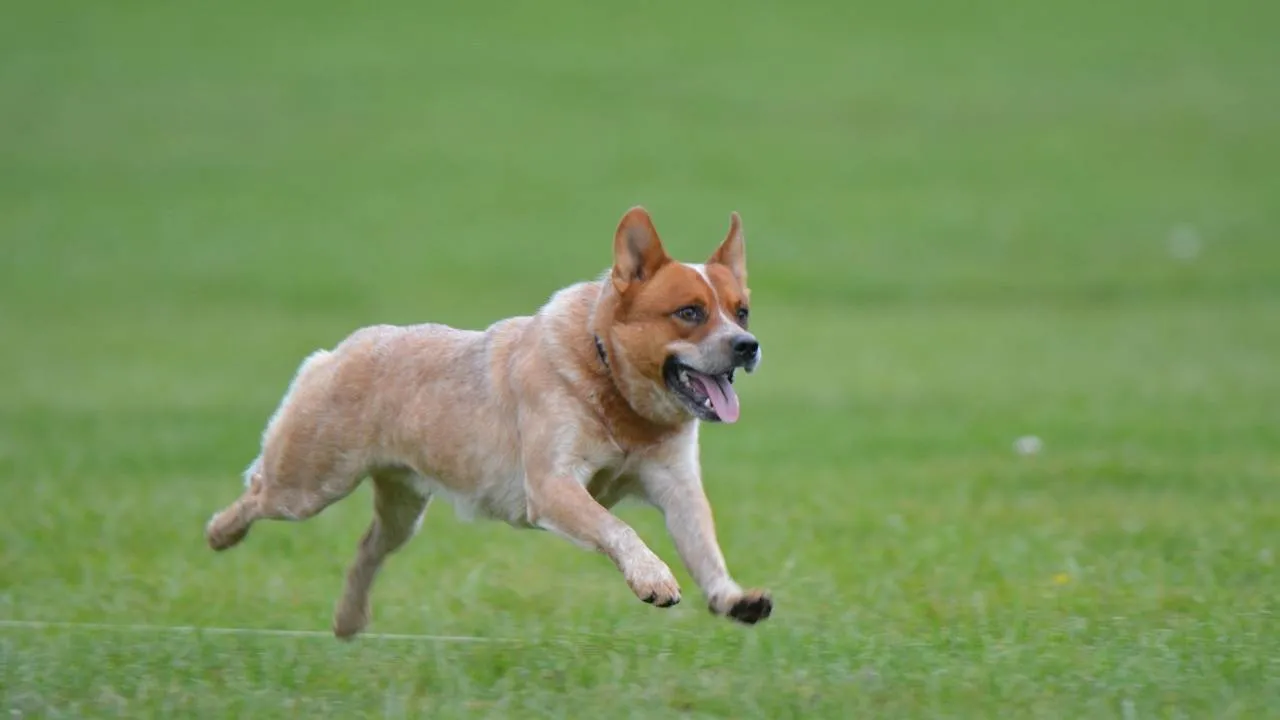
Quick Facts:
Breed Group: Herding
Height: 18-20 inches (male); 17-19 inches (female)
Weight: 35-50 pounds
Life Expectancy: 12-16 years
Australian Cattle Dogs, also known as Blue Heelers or Red Heelers, are a highly intelligent and energetic breed descended from the dingo. Originally bred to herd cattle, they are known for their strong work ethic and relentless energy. These dogs come in two distinct colors—blue and red speckled—and are famous for nipping at the heels of livestock to keep them in line.
These herding dogs are not for the faint of heart. They require plenty of exercise and mental stimulation, making them great companions for active individuals or families who enjoy hiking or running. Australian Cattle Dogs are also quick learners, making them easy to train.
Their loyalty and protective nature make them excellent family dogs, but they do need a firm owner who can manage their strong will and high energy.
This breed is often misunderstood, and many dogs end up in shelters when they’re not given the right amount of exercise and training. However, without the proper activity and training, many Australian Cattle Dogs can develop behavioral issues, which is why they’re often found in shelters. With the proper care, they make great pets for active homes that can provide the attention and training they need.
Conclusion
Adopting a dog from a shelter is a wonderful way to give a deserving pet a second chance. Many of these dogs, regardless of their breed, have so much love and loyalty to offer. Whether you’re looking for a playful companion, a loyal protector, or a loving family pet, there’s a shelter dog out there waiting for you.
Apart from the breeds mentioned above, there are other dogs as well that are commonly found in shelters. These include Jack Russells, Dachshunds, Border Collies, American Staffordshire Terriers, American Bulldogs, Shih Tzu, and Australian Shepherds.
By adopting, you’re not only saving a life but also gaining a devoted friend. These dogs are ready to bring joy, companionship, and unconditional love into your home, just as soon as they find the right family. If you’re considering adoption, remember that the right dog is out there, eager to become a part of your life.


